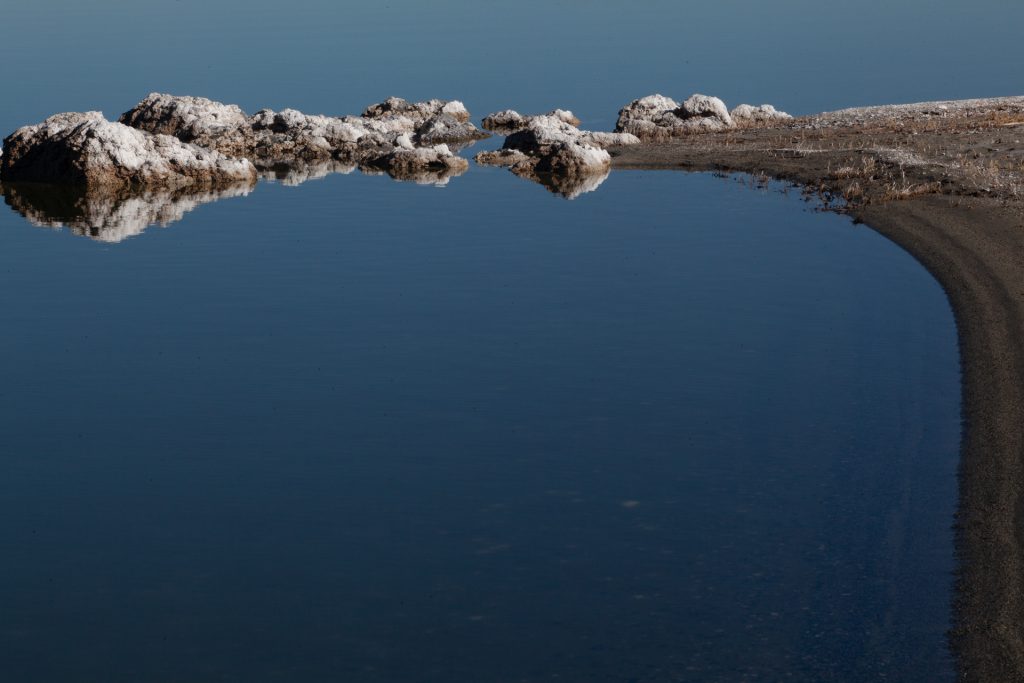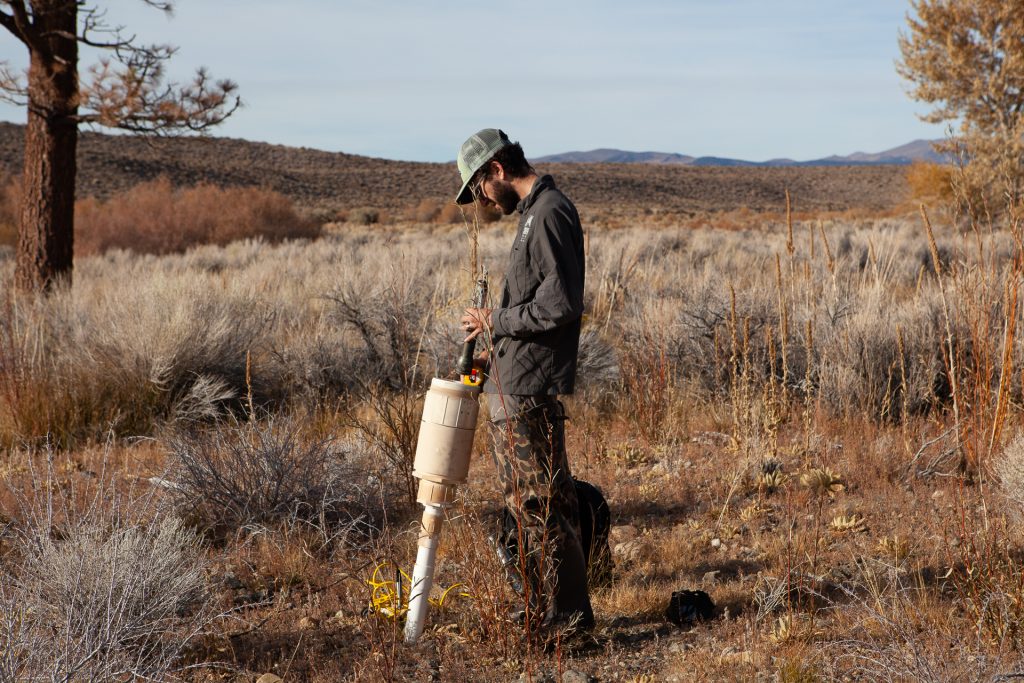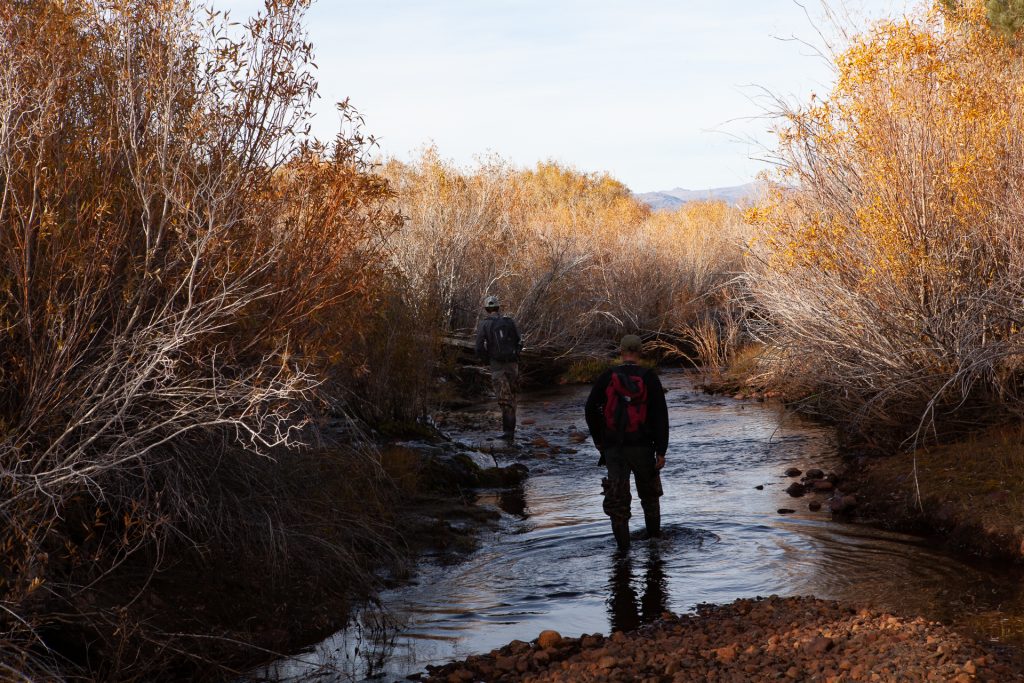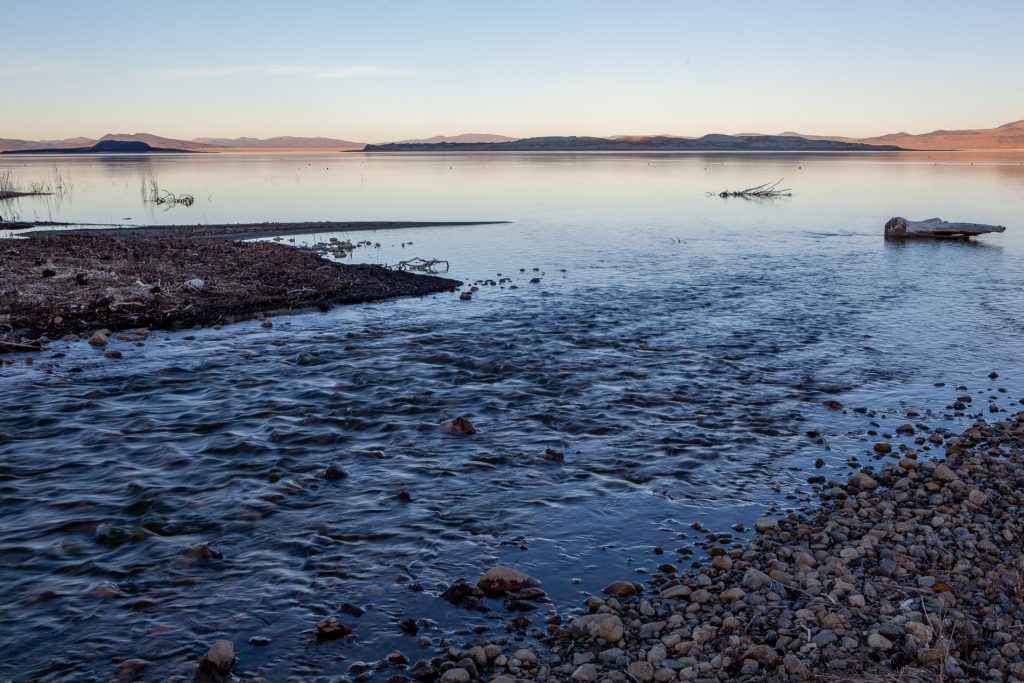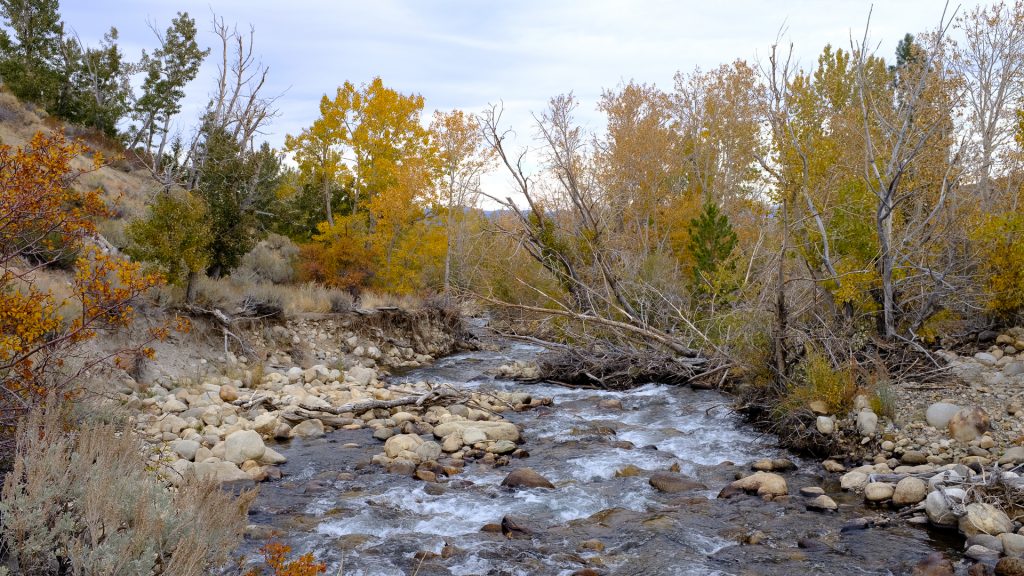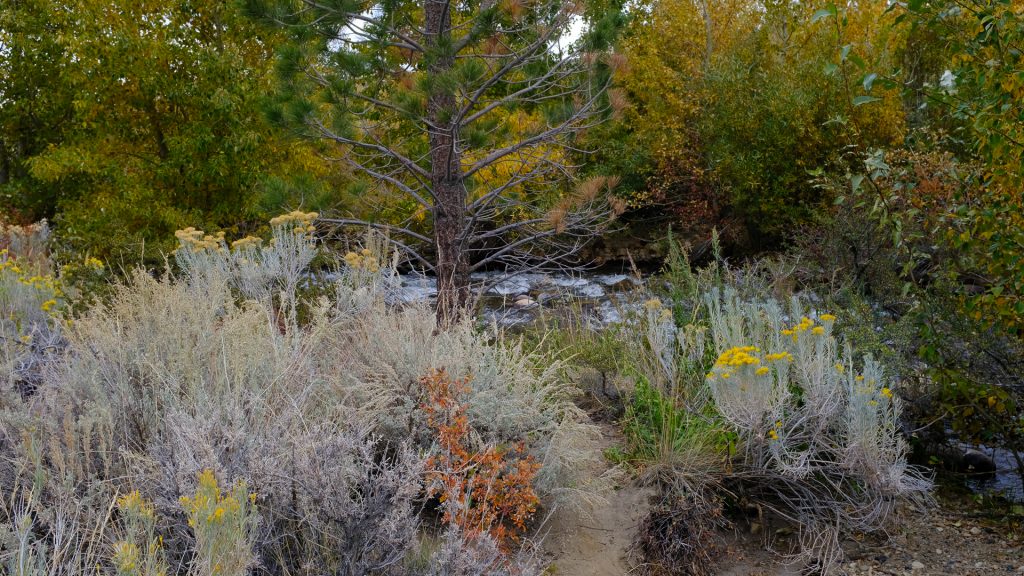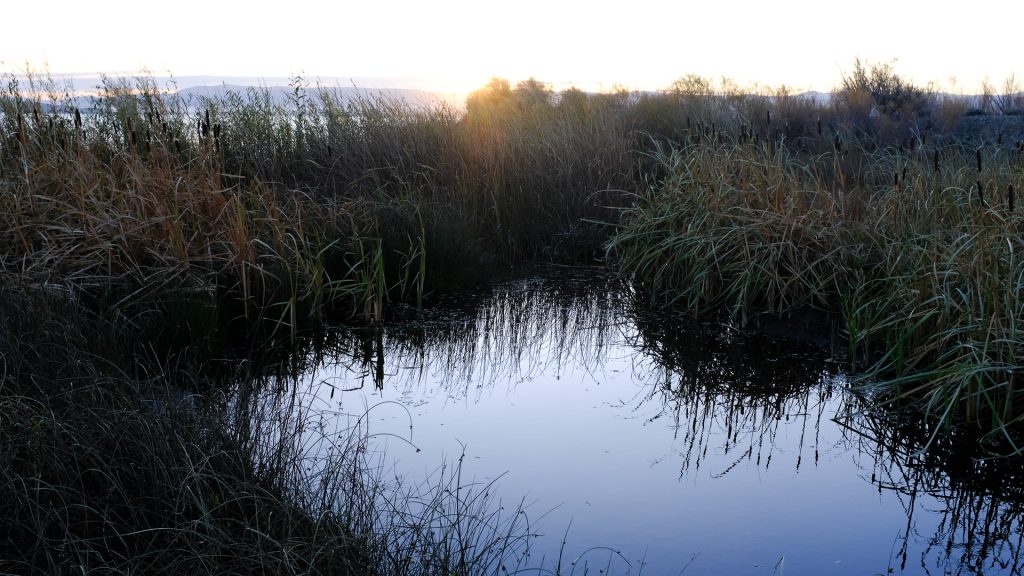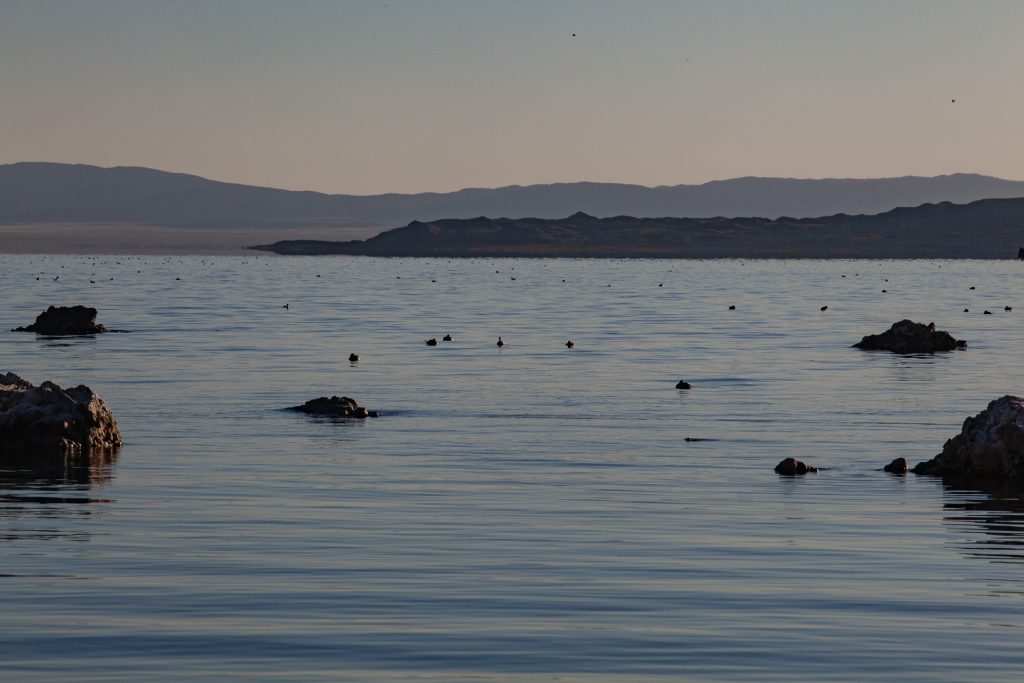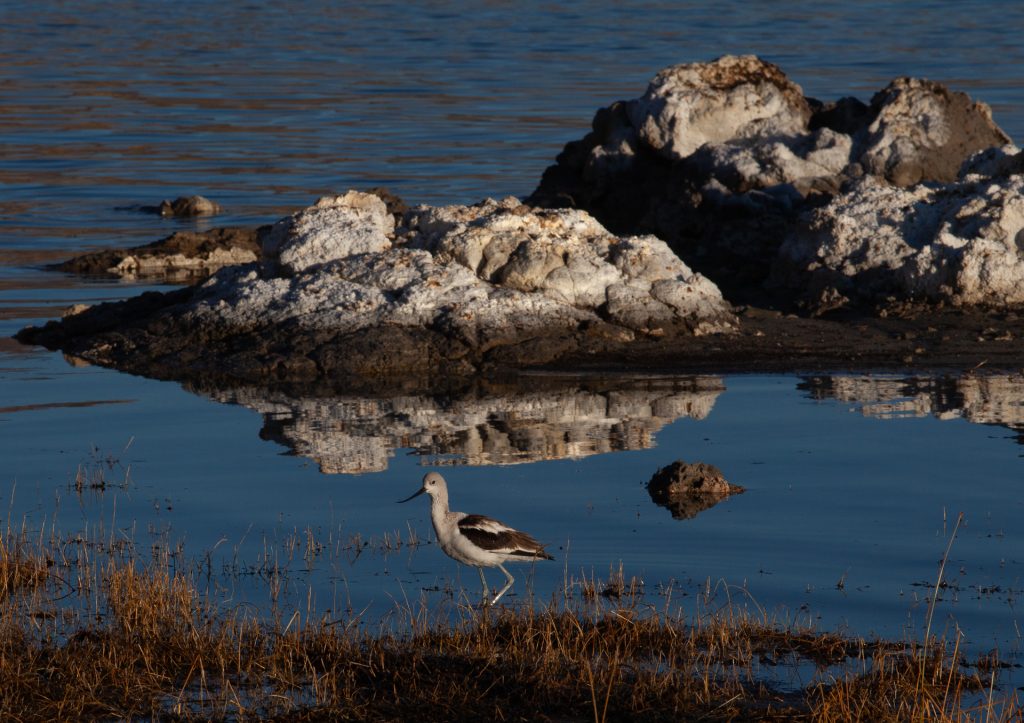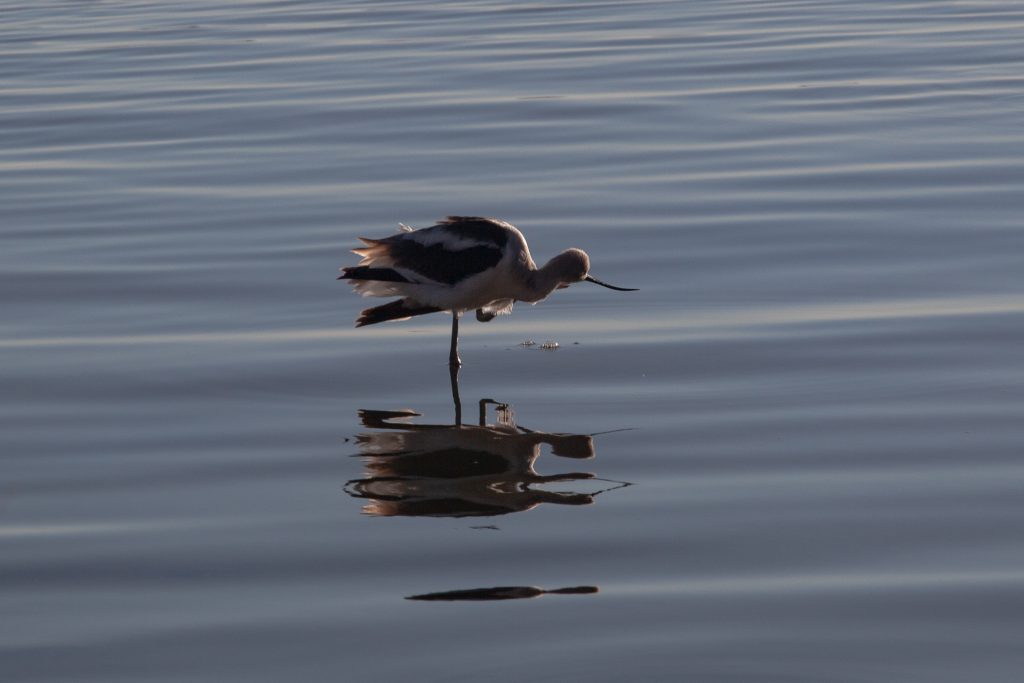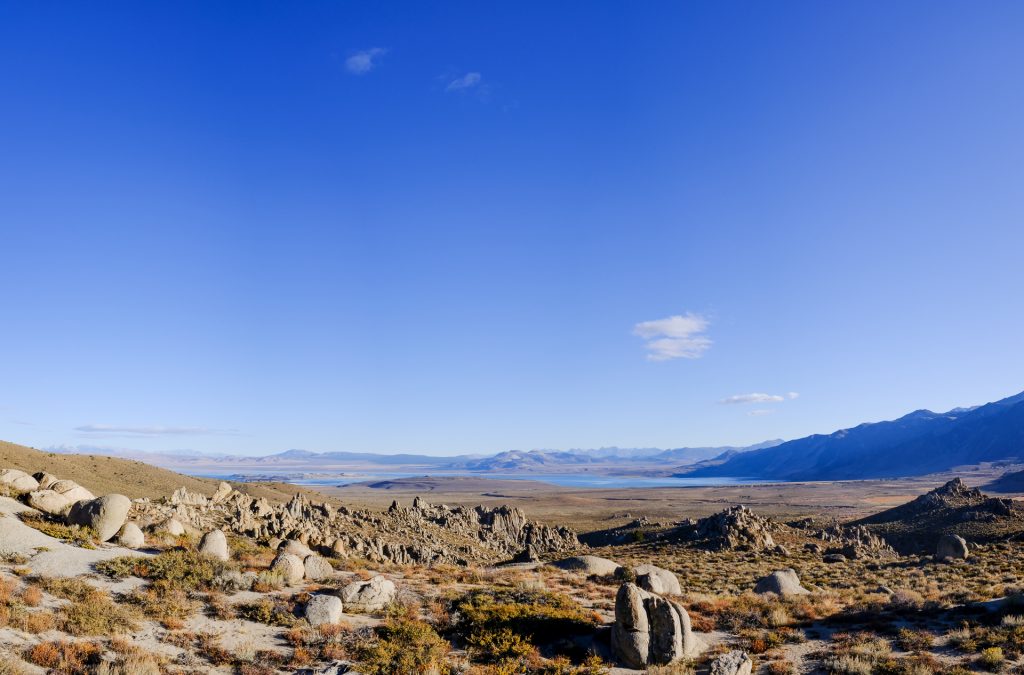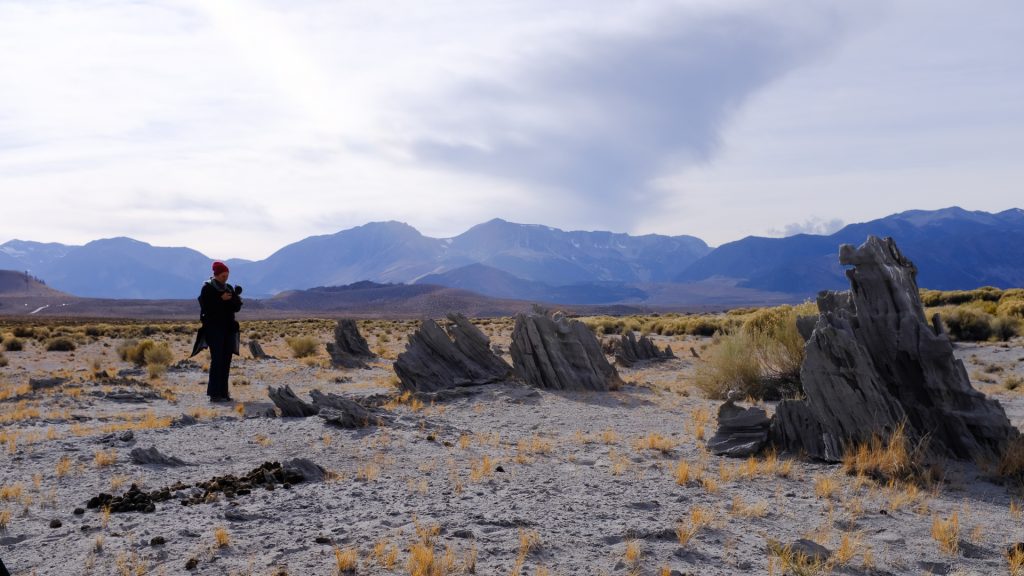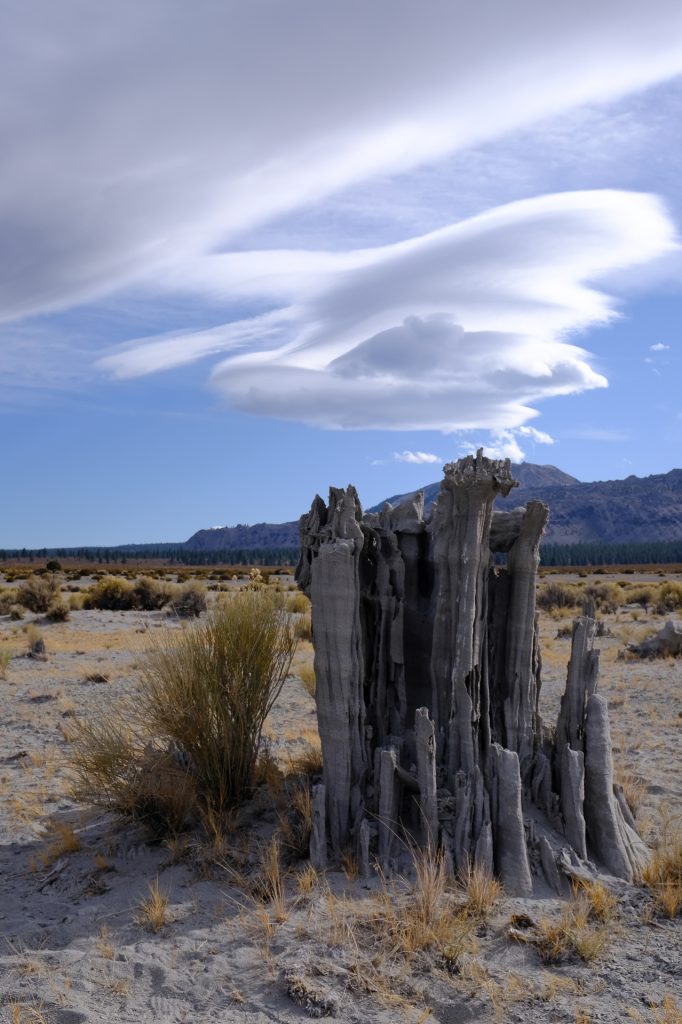Mikro und Makrokosmos. Formen und Strukturen wiederholen sich. Tufa Türme, vulkanische Landschaften und den Hintergrund formt die mächtige Sierra Nevada. Das Mono-Basin ist eine archaische Landschaft die sich auf das wesentliche reduziert, weil sie nichts zu verschwenden hat. Eine Gruppe von Umweltaktivist*innen und die Mono-Basin Bewohner*innen haben mit Beharrlichkeit und einer großen Liebe für diesen besonderen Ort den See vor dem Austrocknen bewahrt. Menschliches Eingriffe und Bedürfnisse suchen hier Balance mit der Natur die sich in magischen Stimmungen zeigt. Es ist ein feines Gleichgewicht welches leise klingt, mann muss nur hinhören.
medium.com/project-mono is a Medium site with a collection of articles by Bob Berwyn and photos, videos by Jutta Strohmaier and Bob Berwyn.
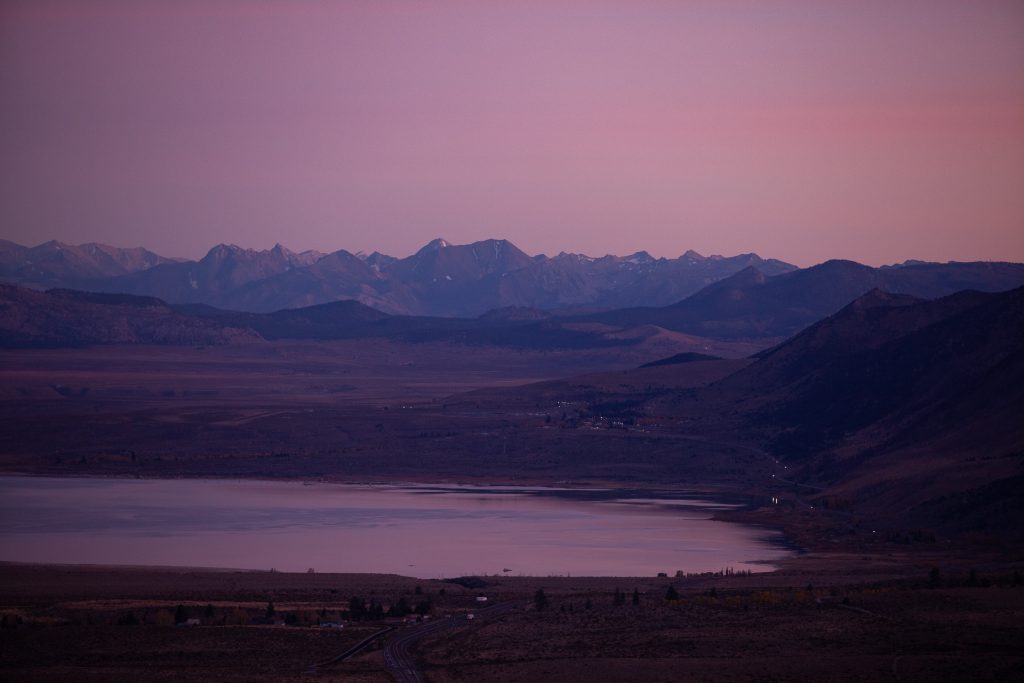
Mono Voices
Bob Berwyn tells the story Mono Voices
https://medium.com/project-mono/project-mono-cd8159b4f898
It’s easy to be disheartened when some environmental battles seem to go on forever, often at a one-step-forward, two-steps-back pace. The current effort to limit global warming is a great example.
Just a year after the jubilance of the Paris Climate Climate agreement, it all seemed to fall apart again.The U.S. election shook the global climate effort to its core and seemed to spur what felt like a strengthening global anti-science movement — an “endarkenment,” as it’s been called, perhaps the last stand of the industrial fossil fuel oligarchy that has more or less had its way for the past 100 years.
But a little closer look at recent environmental history tells a happier story. In places where people and communities work together and respect to each other, where they listen to each other, to their hearts and conscience, we see progress. The ongoing effort to restore and protect Mono Lake and its tributaries is a great example.
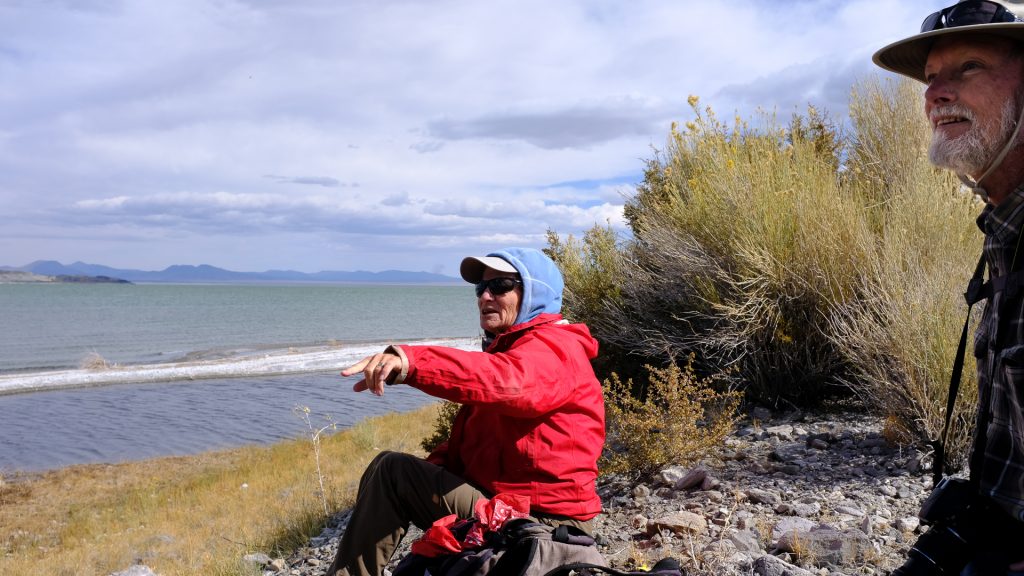
Last autumn, we talked to several people who have dedicated thousands of hours and more to that effort, in some cases, entire careers. In other cases, that sense of connection to place, and the passion to preserve it, are being passed down through generations.
We visited bird-nesting areas and hiked with restoration ecologists along freshwater streams. where ecosystems are springing back to life in a riot of biodiversity, after being disrupted and nearly killed by water diversions in the 1940s.
In the 1970s, people realized how much was at stake. They banded together and rose up. They formed the Mono Lake Committee, with thousands of members. They insisted on protection, showed how that can be done without hurting people and then set out to spread that message to as many people as would listen. By the early 1980s, the legal system saw it similarly. A California Supreme Court ruling set the framework for institutional protections that were finalized 10 years later.
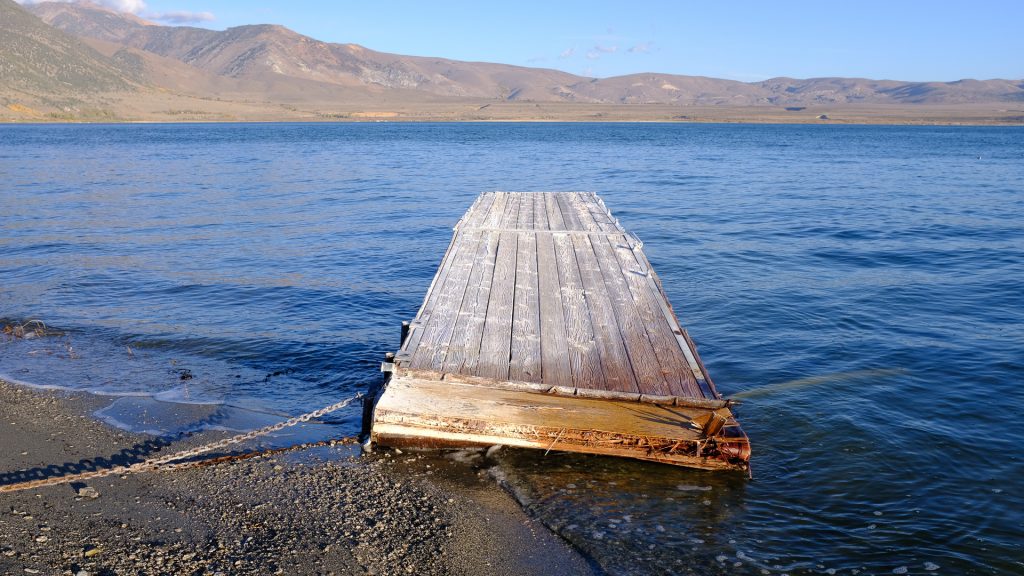
Don’t give up
Persistence pays off. I was a Mono Lake Committee intern in the mid-1980s, scrambling for preservation day by day, counting fish in the newly rewatered streams to make sure courts wouldn’t allow the diversion dams to be raised again.That’s when I first met Janet Carle, the central voice in our video, and her husband, Dave Carle.The couple spent nearly their entire working life as state park rangers around Mono Lake, advocating for its protection and reaching thousands of people.
More than 30 years later, the Mono Basin ecosystem is persisting. The feeder streams are carving new channels and depositing sediments along the lakeshore. Big spring runoff flows re-adjusting the very shape of the land on a daily basis, as mountain water seeks a path through the high desert.
The lake itself is a giant round mirror of slippery, fecund brine. The water supports an ecosystem of algae, insects and shrimp that, gallon for gallon, is more productive than the ocean. It’s a biological soup that feeds millions of birds, including species that make extreme flights as they connect two hemispheres, migrating from the Arctic to South America.
There are not a lot of places that can replace Mono Lake as a refueling stop on this global avian highway, so if it dies, it will affect the global web of life nearly from pole to pole.
Mono Lake is still threatened, especially by global warming, but it was able to survive through California’s most extreme recorded drought during the mid-2010s. Without the mandated lake level and stream flow rules, Mono Lake most likely would have died during that hot drought. In between came a few years of extreme snow and rain, which challenges the sustainability of the ecosystem in different ways.
The preservation effort has buffered some of the impacts, but the worst may be yet to come. Climate science tells us that extreme droughts lasting decades are not all that rare in the West, especially during times of rapid climate change. That means that the protections plans will have to be updated to reflect the realities of a new climate.
Human-caused global warming will be the next big test for Mono Lake, and we already know what human-caused drought can do to the Mono Basin, as Janet Carle says in the video. We all need to care.

This project was supported by The Colorado Water Desk and the University of Colorado Boulder
